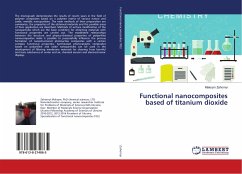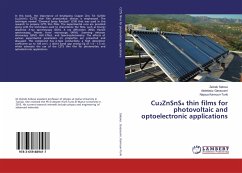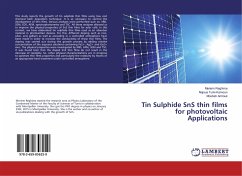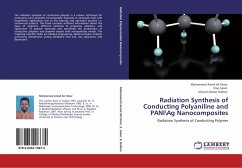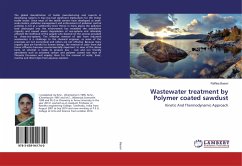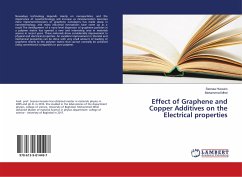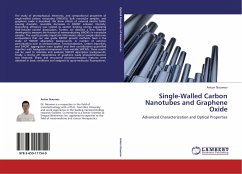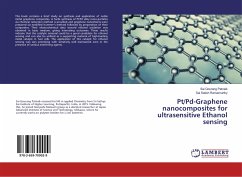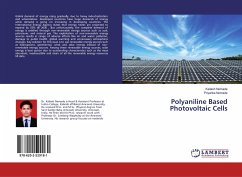
Polyaniline Based Photovoltaic Cells
Versandkostenfrei!
Versandfertig in 6-10 Tagen
27,99 €
inkl. MwSt.

PAYBACK Punkte
14 °P sammeln!
Global demand of energy rising gradually, due to heavy industrialization and urbanization. Developed countries have huge demands of energy while demand is going on increasing in developing countries. The International Energy Agency states that energy needs are projected to expand by 55% till 2030 . But unfortunately, the complete demand of energy is satisfied through non-renewable energy sources such as coal, petroleum, and natural gas. The exploitation of non-renewable energy sources results in range of adverse effects like air and water pollution, damage to public health, global warming and ...
Global demand of energy rising gradually, due to heavy industrialization and urbanization. Developed countries have huge demands of energy while demand is going on increasing in developing countries. The International Energy Agency states that energy needs are projected to expand by 55% till 2030 . But unfortunately, the complete demand of energy is satisfied through non-renewable energy sources such as coal, petroleum, and natural gas. The exploitation of non-renewable energy sources results in range of adverse effects like air and water pollution, damage to public health, global warming and unnecessary atmospheric changes. Key solution for this issue is to use renewable energy sources such as hydropower, geothermal, wind and solar energy instead of non-renewable energy sources. Among these renewable energy sources, solar energy is best option due to outstanding characteristics such as the most abundant, inexhaustible and clean of all the renewable energy resources till date.




